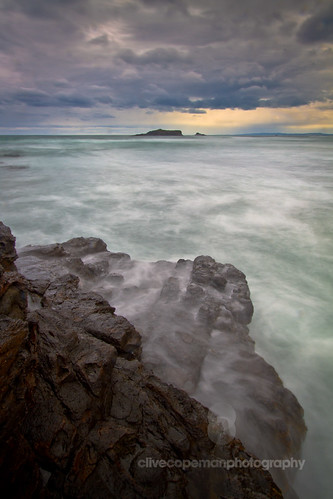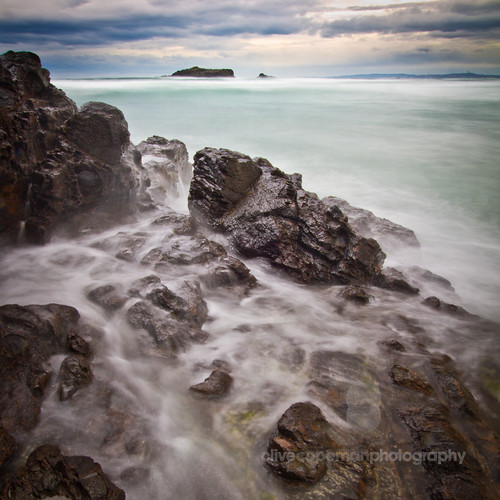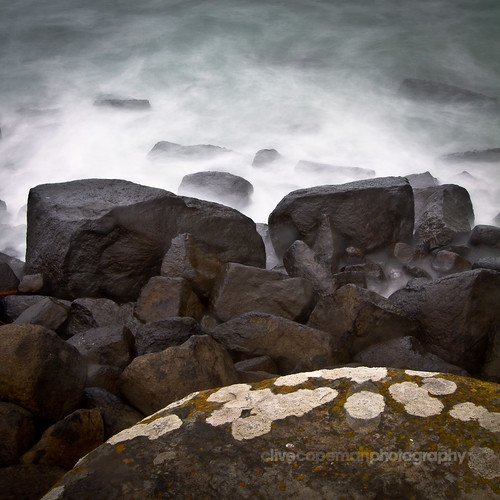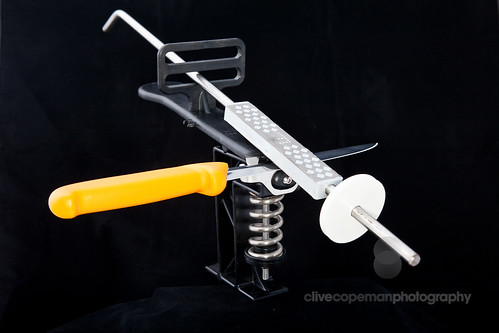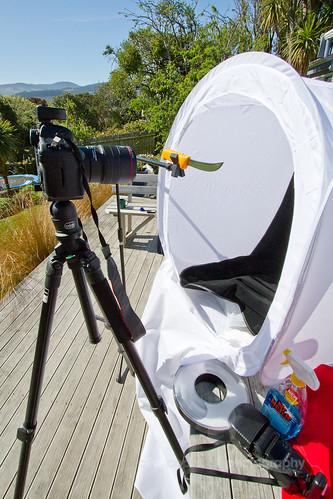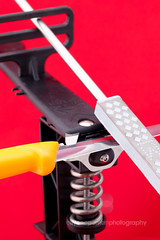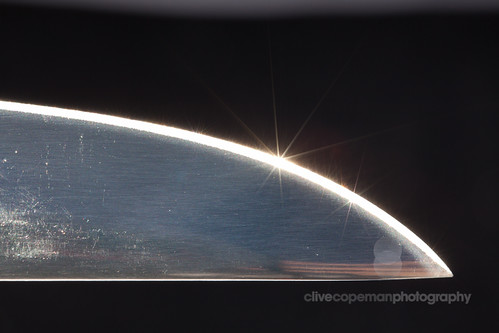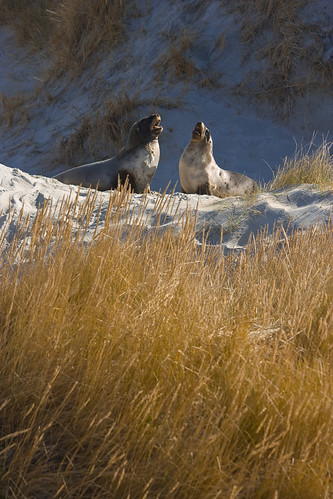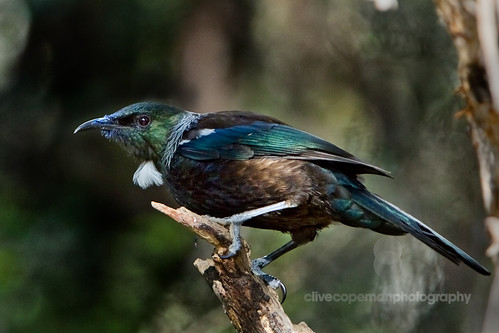
This week I was back at Dunedin Public Art Gallery for a promotional shoot. I'd already taken some venue pictures during a graduation party so this time the job was to create some shots that promote it as a wedding venue. That called for two delightful models, Victoria and Hamish who my wonderful client Tim Pollock convinced to work for me. They were very convincing as newlyweds, especially considering they won't actually be getting married until next year. I wonder if they've booked a shooter yet?
So to the shoot. The post on these pictures isn't totally finished, but this blog is about the process, not the product.
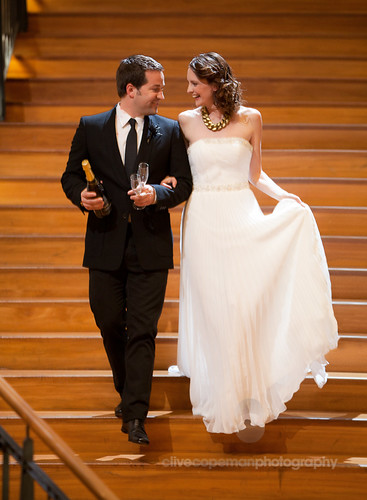
The gallery atrium is a large and lovely space, but for intellectual property reasons, I needed to avoid featuring the large wall and installation art. That meant concentrating on features like the staircases and windows. It was quite an exercise in lighting and as with most gigs, time was a factor. The large windows meant I had to work with changing ambient light. I'm pleased with the shot above, which was achieved with a mix of daylight from the windows, the in-house lights and a couple of flashes - one on a stand for fill and my voice-activated-lightstand Mike T holding one for a hair light. If anything, this shoot really showed me the dramatic difference good hair light can make.
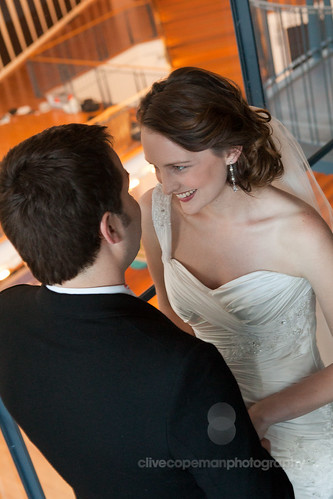
The shot above was lit with my Orbis ring flash adaptor. This is one that could have used a hair light just to add that touch of glamour, but they were standing against a tall window here and I was racing the outside light.
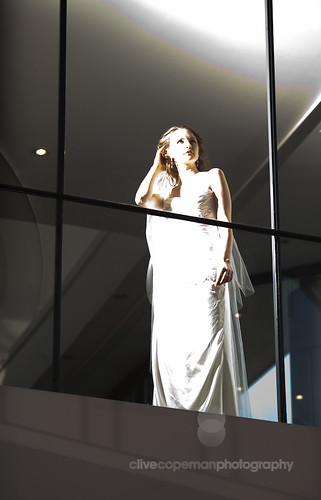
This is one of my favourites. It wasn't on the shot list and my wonderful client Tim may not use it, but I like it. Between setups I noticed Victoria arranging her hair in the window's reflection and I thought it would make for a nice intimate moment. This was actually a test pop, rather overexposed and brought down in post-processing, but it's got a kind of high fashion look that I really like and am adding to my trick bag. I'm a big believer in pursuing opportunities like this when you spot them. My old writing Guru John Vorhaus calls it 'found art'.

More found art. I noticed Victoria playing with the veil fabric and got her to have some fun with it. The spiral staircase was a feature Tim really wanted to capture but lighting it was quite a challenge. Big window daylight coming from camera right mixed with tungsten venue lights. I really needed to bring in some more light from camera left, but the only place to put one on was a mezzanine floor twenty metres away. I was worrying about this the night before and decided to go into a film and video light hire company to see what could give me a 3 metre spread of light at such a distance. I ended up loading my truck with an HMI, a big movie light. It just did the trick. The wall shadow is from one of the sculptures hanging from the ceiling. I figured a shadow wasn't really infringing the artist's IP.

Same setup, this time getting some shadow action from the staircase. Shame about the window in the background, but it is what it is. This and the other stair shot were on Tim's must have list, so I'm glad they turned out well.
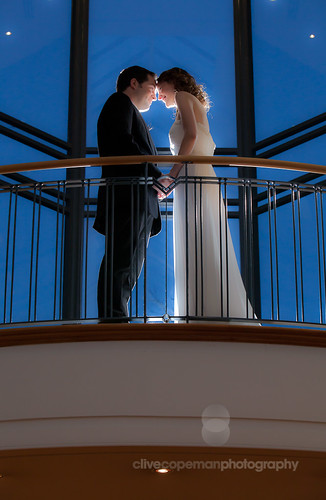
Finally, the ambient light outside reached the point where I could get my window shots. I these had firmly in mind although I've never actually executed the technique before. I added a low flash in background to create the romantic back light and also give their faces a little fill. Most of the fill is actually coming from the flash reflecting from Victoria's dress - a handy trick for wedding photography, traditional brides make walking reflectors.
Tim wasn't quite expecting this, so it was nice to deliver it quickly on the night, and he was pleasantly surprised. I think it sells the venue nicely. I certainly hope so!
Have you ever had an experience with "Found Art" in your creative process? Feel free to share with me in the comments section.

